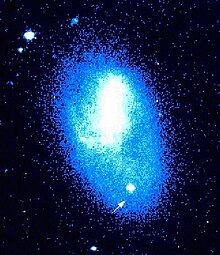Complexity, energy, thresholds(part -3 ) in big history chapter
Cosmic evolution is more than a subjective, qualitative assertion of "one damn thing after another". This inclusive scientific worldview constitutes an objective, quantitative approach toward deciphering much of what comprises organized, material Nature. Its uniform, consistent philosophy of approach toward all complex systems demonstrates that the basic differences, both within and among many varied systems, are of degree, not of kind. And, in particular, it suggests that optimal ranges of energy rate density grant opportunities for the evolution of complexity; those systems able to adjust, adapt, or otherwise take advantage of such energy flows survive and prosper, while other systems adversely affected by too much or too little energy are non-randomly eliminated.
Fred Spier is foremost among those big historians who have found the concept of energy flows useful, suggesting that Big History is the rise and demise of complexity on all scales, from sub-microscopic particles to vast galaxy clusters, and not least many biological and cultural systems in between.
David Christian, in an 18-minute TEDtalk, described some of the basics of the Big History course. Christian describes each stage in the progression towards greater complexity as a "threshold moment" when things become more complex, but they also become more fragile and mobile.Some of Christian's threshold stages are:
In a supernova, a star which has exhausted most of its energy bursts in an incredible explosion, creating conditions for heavier elements such as iron and gold to form.
The universe appears, incredibly hot, busting, expanding, within a second.[





apa yang ingin saya katakan kepada saya, saya menggunakan penerjemah untuk berbicara dengan Anda dan terima kasih karena meninggalkan komentar di blog fiksi ilmiah saya
ReplyDelete